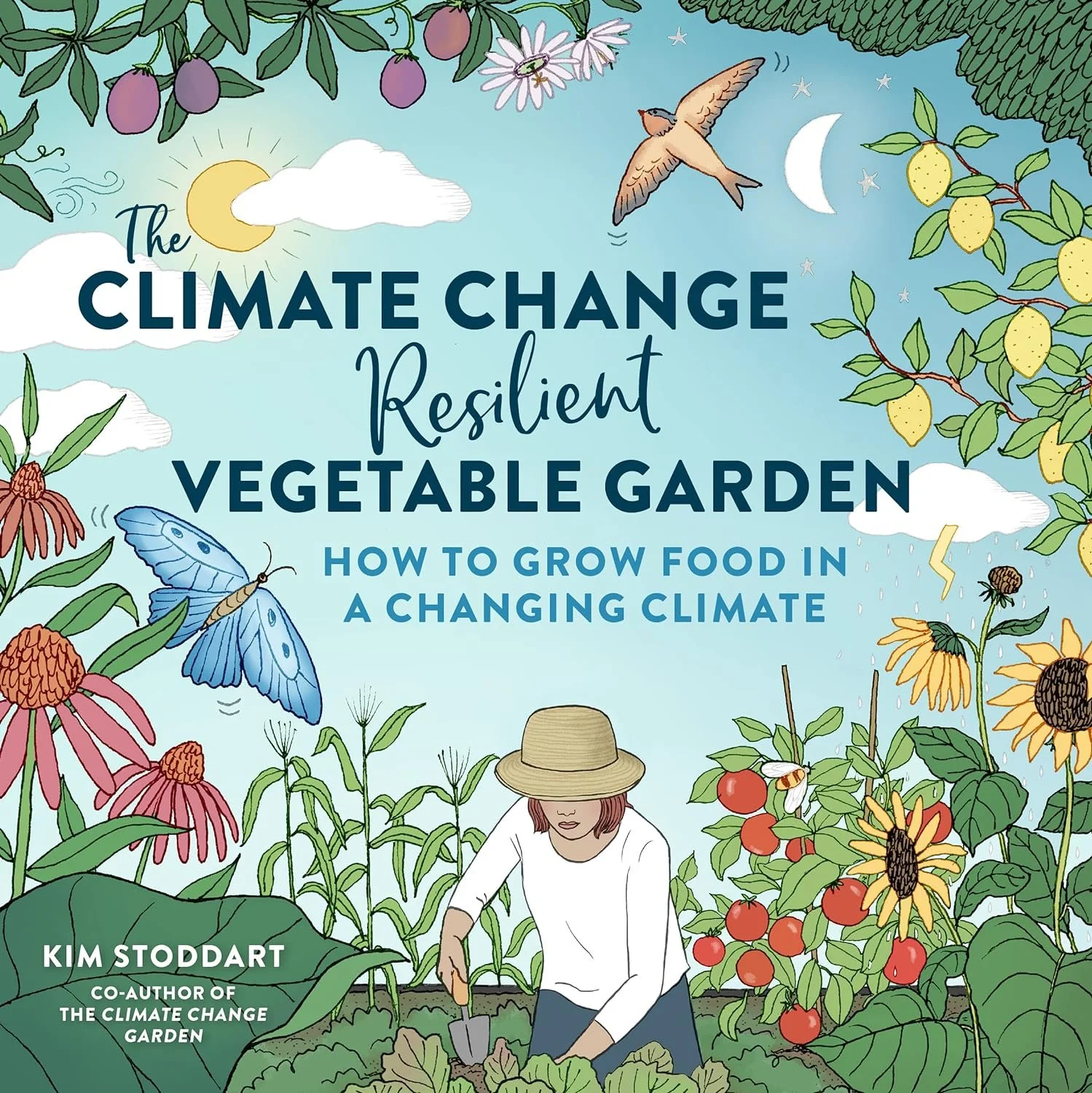Because climates are changing, as they always have, but with greater haste and more urgent consequences, gardeners must adapt. That’s what this book is about: adapting home gardens to climate change.
Growing food matters, says author Kim Stoddart. Not only does it save money, reduce plastic, put fresh produce on the table, and cut back on fossil fuel consumption. “It also helps make you feel better and reduces climate change anxiety.
“There are resilient growing options available no matter where you live, and you can carbon capture, repurpose waste, and boost biodiversity in the process if you garden the climate change-savvy way.”
How do you garden in a “climate-change savvy” way?
Selectively breed vegetable varieties to cope with the anticipated changes in local growing conditions.
Nurture biologically active soils, enhancing their ability to support your plants.
Implement bioswales, berms, and rain gardens to boost your garden's flood tolerance.
Safeguard plants from wind, snow, and unexpected frosts with windbreaks, cold frames, and mini hoop tunnels.
Increase pest predation and maintain a balanced ecosystem by enhancing biodiversity in your garden.
Utilize intensive planting techniques to elevate yields while preserving soil health and reducing water consumption.
Choose and cultivate the most adaptable fruit and vegetable crops.
Employ rainwater recycling, repurpose household items.
